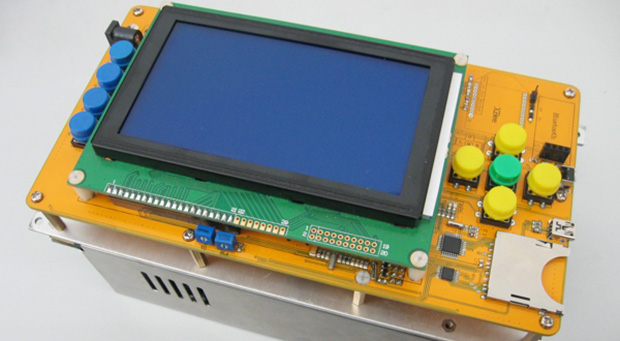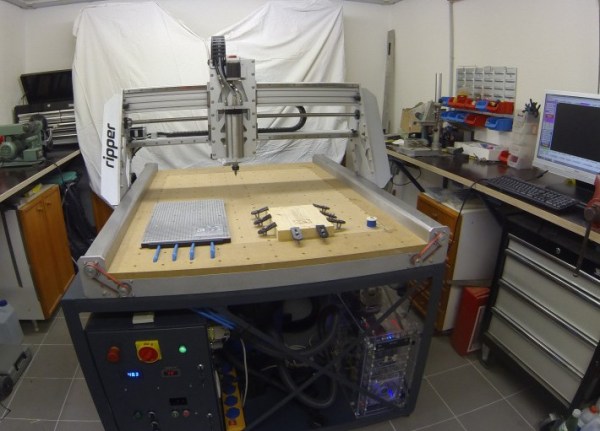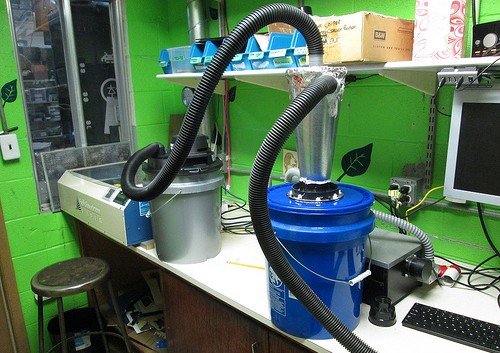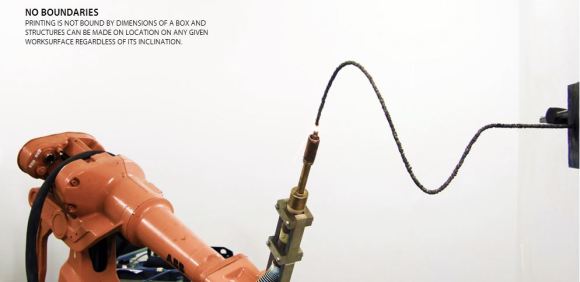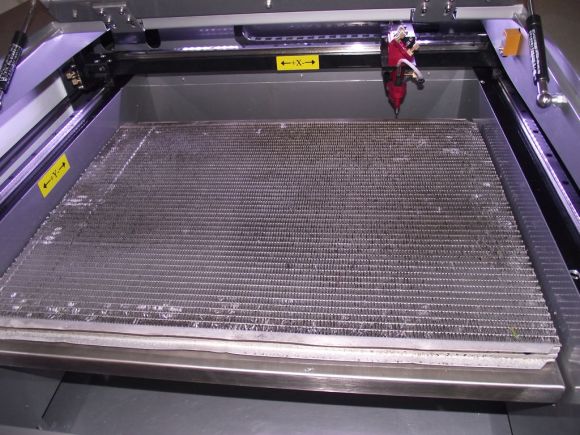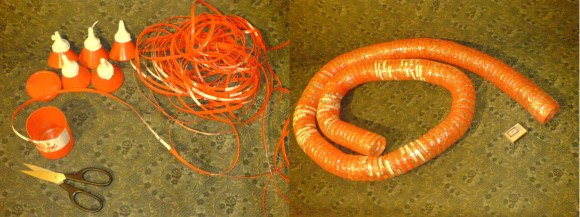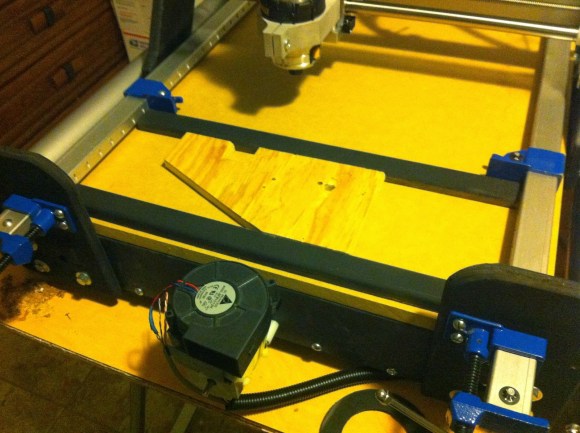
[Mike Douglas] joined the world DIY CNC machining recently with a FireBall X90 CNC router. Instead of buying an expensive aluminum T-slot bed, he decided to try something we haven’t seen before…
His local hardware store sells aluminum bar clamps designed for clamping wood together — the best part? Only $10 each. What he’s done is added the bar clamps along the two sides of his bed, by adding plywood braces attached to the outside frame of the machine. He is losing a few inches of his usable bed area, but the added convenience of a quick clamping system is well worth it.
With the clamps in place, all he has to do is add two wooden braces (the black bars in the image above) to hold his work piece in place. This wouldn’t work very well for cutting metal, but this CNC router isn’t designed for that anyway.
Too bad he didn’t finish it sooner — it would have been a great entry for our recent Hackaday Hackerspace Henchmen CNC contest!

